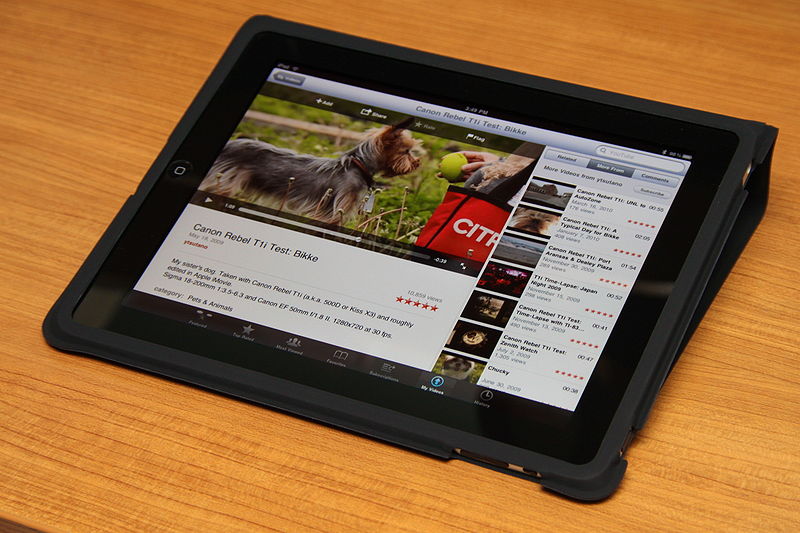Category: Technology
-

Rhasspy as service with Debian installation
This post is a placeholder description for how to setup the standalone Rhasspy voice-assistant as a service on Debian/Ubuntu until the official docs are updated. This was gleaned from various posts on the Rhasspy forums and the Rhasspy github, and then refined via trial and error.
-
Creating a Linux user who cannot get an interactive shell on Debian or Ubuntu
This article walks through creating a “service account” to run satellite instances of Rhasspy on a bunch of Debian-based IoT devices scattered around my house so that you aren’t running a service (daemon) as yourself or as root. This creates a situation where if someone where to use the webpage to somehow hack into the…
-

Performance Management Programs and Annual Appraisals
Corporations adopting Agile practices on their way towards being Agile often struggle with many legacy operational policies and procedures. One question that always comes up is how to conduct performance management appraisals with employees when Agile Teams are supposed to be Self-Directed, Self-Managed and mostly autonomous?
-

The Awesome Singh Estimation Technique (TASET)
Introduction I spoke to the DC Scrum Users Group this topic around a year ago and wanted to unleash this virus on the world. The Awesome Singh Estimation Technique (TASET) is a technique learned from Alex Singh and honed over the course of two years while working with BigVisisble’s clients and recently while working with…
-

Why I predict the 2013 Mac Pro will be DOA
Apple gave us another look at the 2013 Mac Pro this week at the update release announcement for the iPad line. Today another person noted what I’ve been mulling over for some time: the interesting design is missing two major features that will keep it out of the hands of a lot of video, audio…
-

Review of Writing Kit for iPad
Review of Writing Kit for iPad
-

NFL and ESPN leaving money on the table?
-

Essential Travel Tools for iPhone and iPad
A close friend recently asked me if I liked TripIt after he noticed the automated posts of my travel plans. This came on the heals of almost a year of constant business travel, so I figured I would give back my tips for the Road Warriors out there trying to remember what city and time…
-

Getting started with Applescript
A quick link to a resource for learning AppleScript to automate repetitive tasks in OSX.
-

Two Mail.app plug-ins all Exchange users need
If you are using Mail.app with with MS Exchange, you know the frustration of sending attachments and opening those dreaded winmail.dat files (the sender sent a MS Exchange email file as an attachment). Grr. To get around dealing with Microsoft’s refusal to comply with email standards, I recommend two mail.app plug-ins: Lokiware’s Attachment Tamer and…